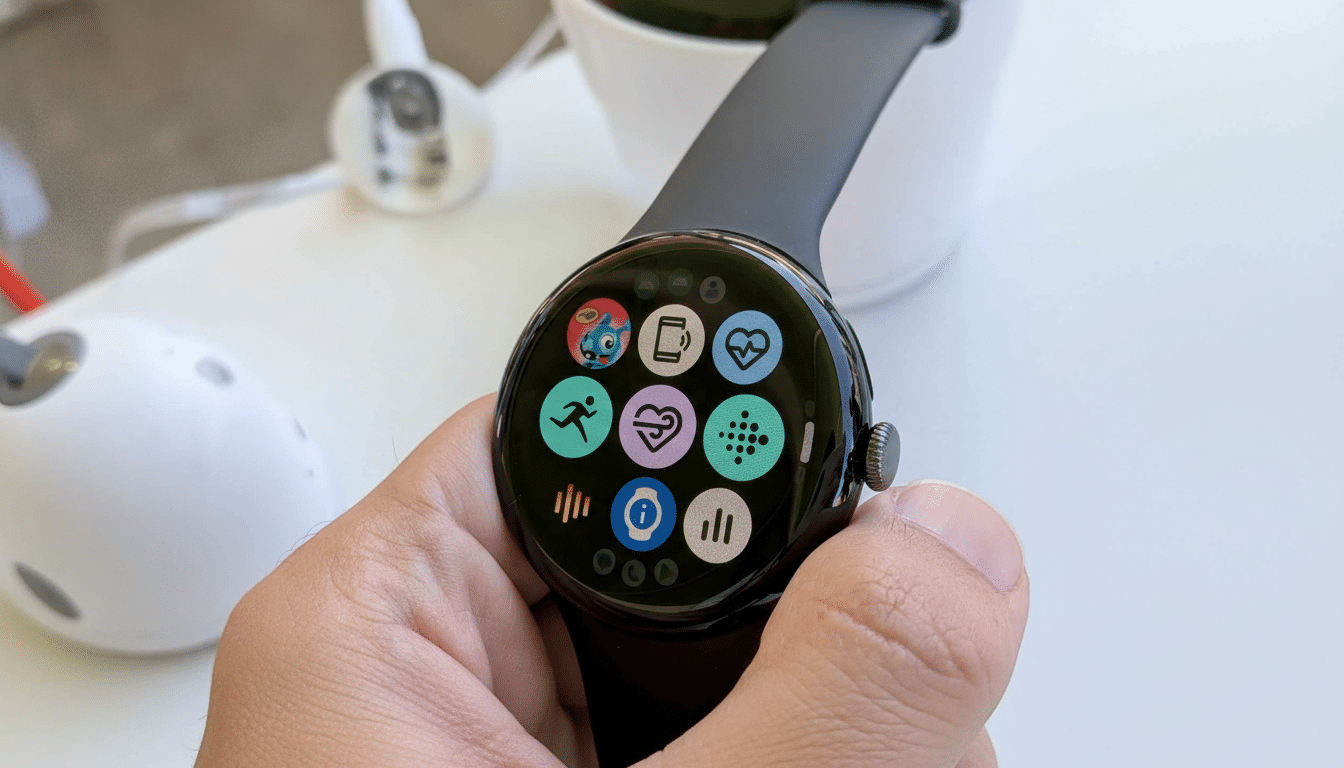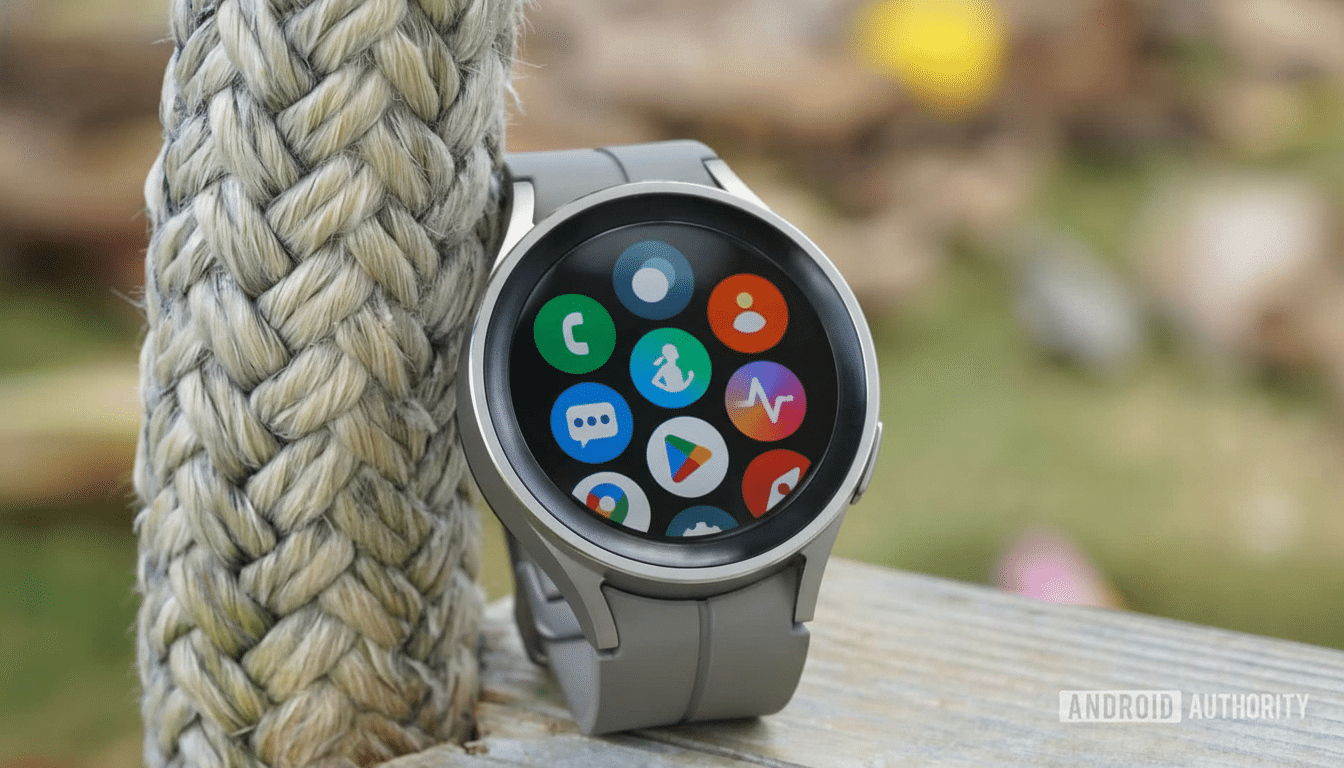Android smartwatch users finally get the type of update that transforms how a watch looks, feels and operates throughout the day. The new version of Wear OS improves the interface, streamlines animations and squeezes more life out of the battery to narrow the gap with the most refined smartwatches. It’s been years since many Android users will be able to look at their wrist and think, yes, this is flagship‑grade.
Why this Wear OS update matters for daily smartwatch use
Google’s operating system for wearable devices has gradually improved, but this release feels more like a full-system tune-up. Its UI is reminiscent of the modern Android design, so the swipes, tiles, and notifications all work as one instead of feeling assembled. The animations don’t stutter, they whir on by. And in everyday use, the battery optimizations are apparent, not just in synthetic testing.
- Why this Wear OS update matters for daily smartwatch use
- What’s actually new in this Wear OS release for users
- Supported watches and rollout notes for this Wear OS update
- How to get the Wear OS update on Pixel and Galaxy Watch
- If you don’t see the Wear OS update on your smartwatch
- I’ve been using it: early impressions after the update
- Bottom line: why this Wear OS update is worth installing

Google has made some public pitch to improve efficiency and responsiveness in recent developer briefings, including less CPU wakeup time, smarter background limits, updates to Health Services that have an overall lower power draw while working out. Battery life and fluidity have been repeatedly highlighted as leading satisfaction drivers to smartwatch purchasers by independent analysts at Counterpoint Research, so these changes hit where it matters.
What’s actually new in this Wear OS release for users
- Cleaned up UI and motion: System menus as well as app cards and quick settings sport cleaner typography and more consistent spacing. Moving about feels snappier and more purposeful, whether you’re flipping between notifications, Tiles or apps.
- Improved battery life: The OS squeezes more juice out of the low-power cores and cuts back on background work. Google’s Android Developers team also highlights performance improvements during workouts with Health Services, which you’ll see during GPS and heart rate workouts.
- Smarter at-a-glance info: Updates to the Tiles API make it easier for your watch to show more, glanceable info, with less effort from you without constantly needing to be reloaded. You get more context — live progress, actionable buttons, persistent states — without having to open full apps.
- Watch Face Format upgrades: The platform’s standardized watch face format, jointly built by Google and Samsung, now includes more complications (styles from other creators) and power-safe rendering paths for more energy-efficient watch faces that look amazing while still allowing experienced developers to always know how their designs will appear on the wrist.
- Speedier app launches: Core frameworks and co-processors from Qualcomm and Samsung are better utilized, resulting in quicker open times for commonly used apps like Messages, Wallet and Fitness.
Supported watches and rollout notes for this Wear OS update
Like any Wear OS generation, rollout will vary by platform and sometimes carrier. The latest entries from Google and Samsung will be the first in line, but more Wear OS devices will follow after some OEM testing is complete. If your watch is relatively new, or it’s running a more recent chipset, you’re in the best position to see the update early. Some features may not be available on certain older devices.
Tip: Visit your watchmaker’s support page or discussion forum for model-specific timetables. Although not stable, we may document capability matrices or known problems on Google support pages and the Android Developers Blog when doing staged releases.
How to get the Wear OS update on Pixel and Galaxy Watch
Before you start: Charge your watch to at least 50% and keep it on the charger, plug in your Mac, connect to Wi‑Fi, and turn Bluetooth on. Updates are quicker to install when the watch is unlocked and not moving.

On Pixel Watch and most Wear OS watches
- On your watch, open Settings > System.
- Tap System updates. If a new version is available, follow the prompts and let the watch finish installing while it remains on its charger.
- If nothing shows up, repeatedly press the checkmark or refresh icon several times, wait one minute and try again. Most users have reported that repeatedly checking can help release staged rollouts faster.
On Samsung Galaxy Watch with One UI Watch
- On your phone, open the Galaxy Wearable app > tap Watch settings > tap Watch software update.
- Tap Download and install. Leave your watch on its charger and keep your phone somewhere near you throughout the process.
After it’s installed, your watch may optimize apps for a few minutes. Just leave it on the charger if you can — performance stabilizes once those background tasks are done.
If you don’t see the Wear OS update on your smartwatch
Staged rollout delays are normal. Make sure you’re on the most recent Google Play Services and also Play Store versions available for the watch, after which restart both phone and watch. Reestablish Wi‑Fi, turn off battery savers during the check, and try again later in the day. If your phone is carrier-sold, those updates might lag manufacturer drops by a hair.
I’ve been using it: early impressions after the update
Day-one with the update feels incrementally different: Wrist-raise response works better, notifications are threaded more cleanly, and the battery meter isn’t dropping as low after long walks or runs. None of this imposes new habits; there’s no friction at all, and that is what a watch should deliver.
Bottom line: why this Wear OS update is worth installing
This is the Wear OS release that actually makes Android-based wearables feel solid. It’s tidier, faster and smoother, with plenty of under-the-hood work to count for the long haul. If your watch is compatible, install it — this is the rare update that makes your wrist feel new.

